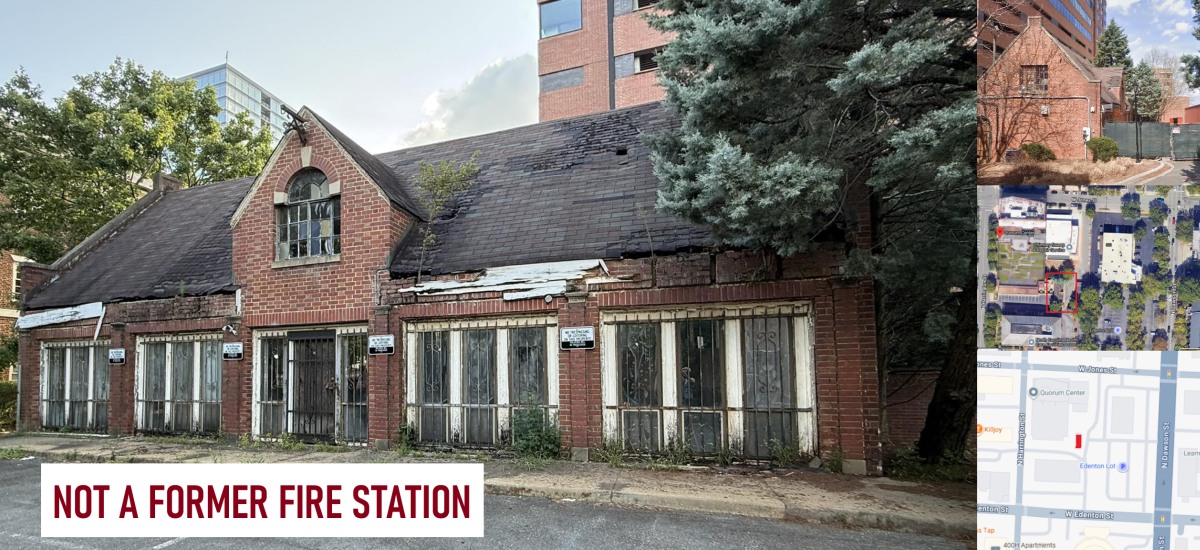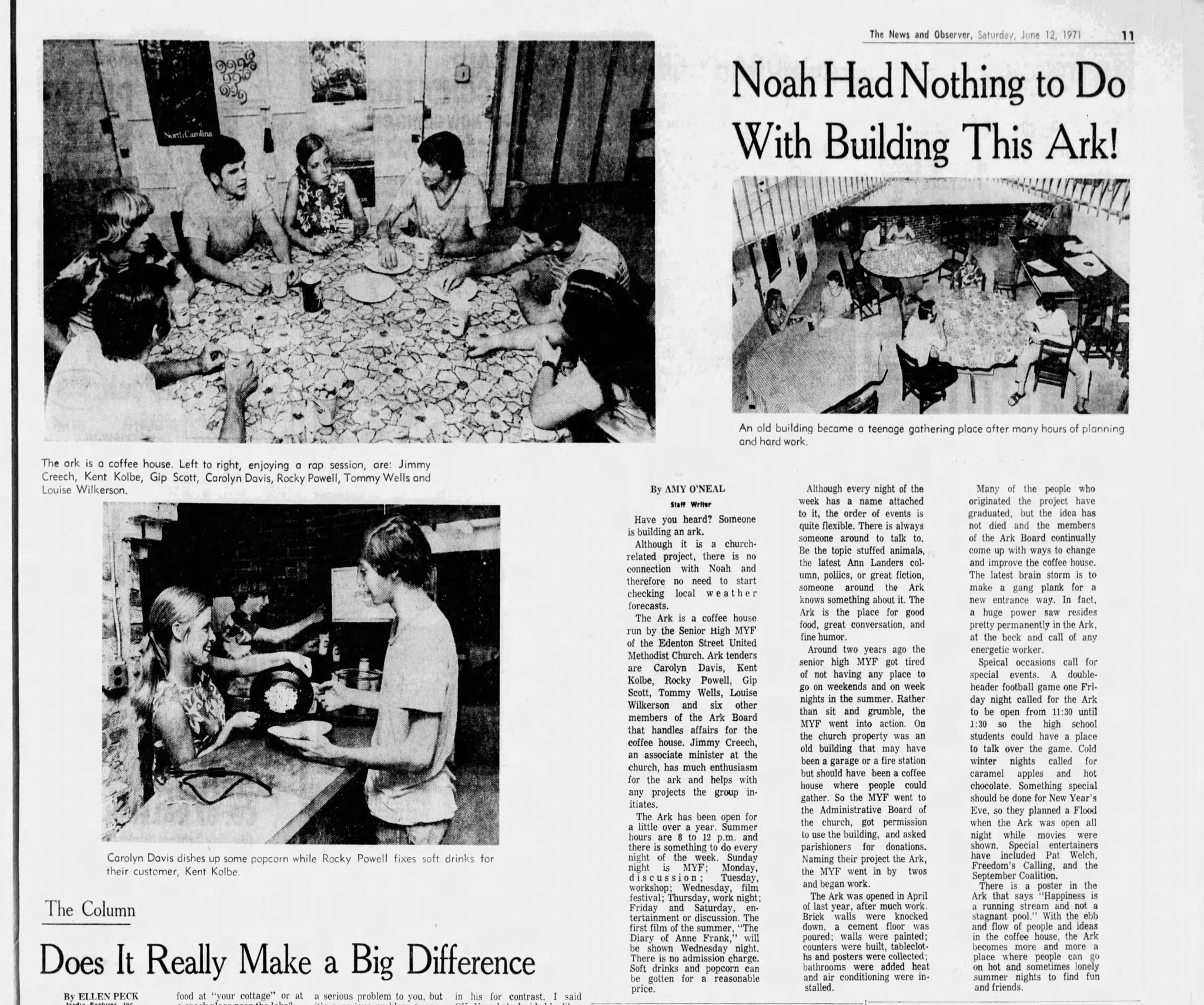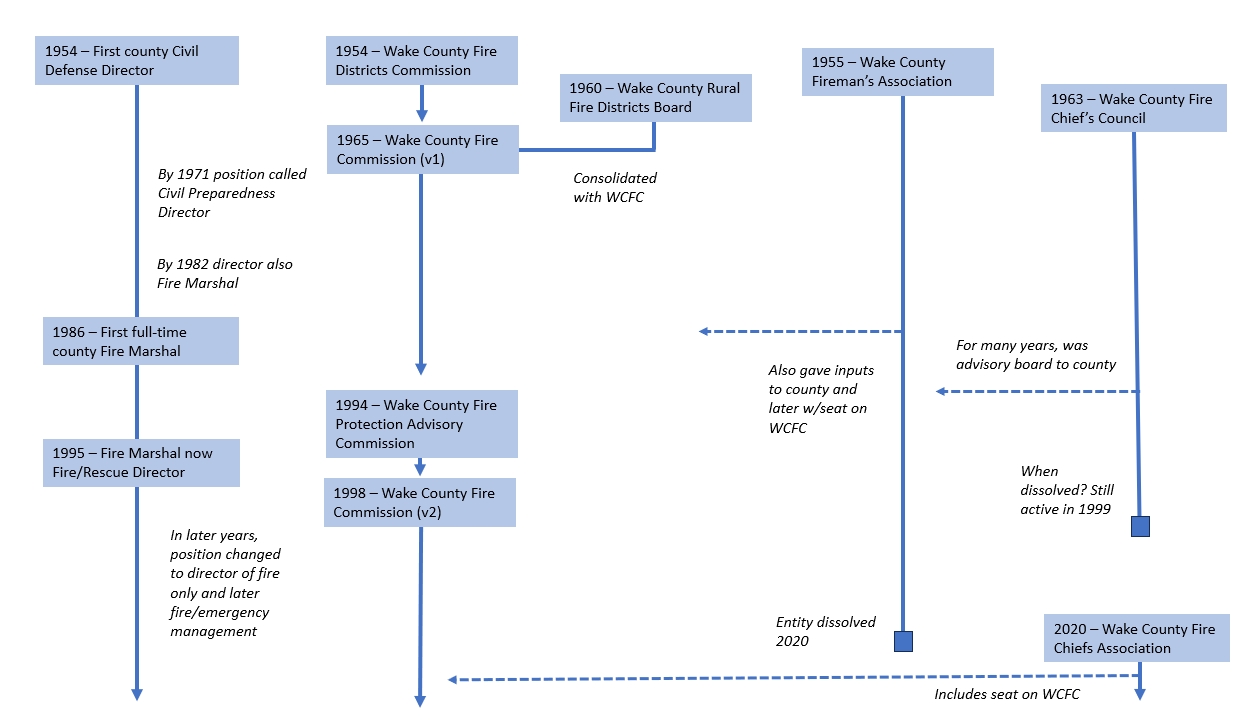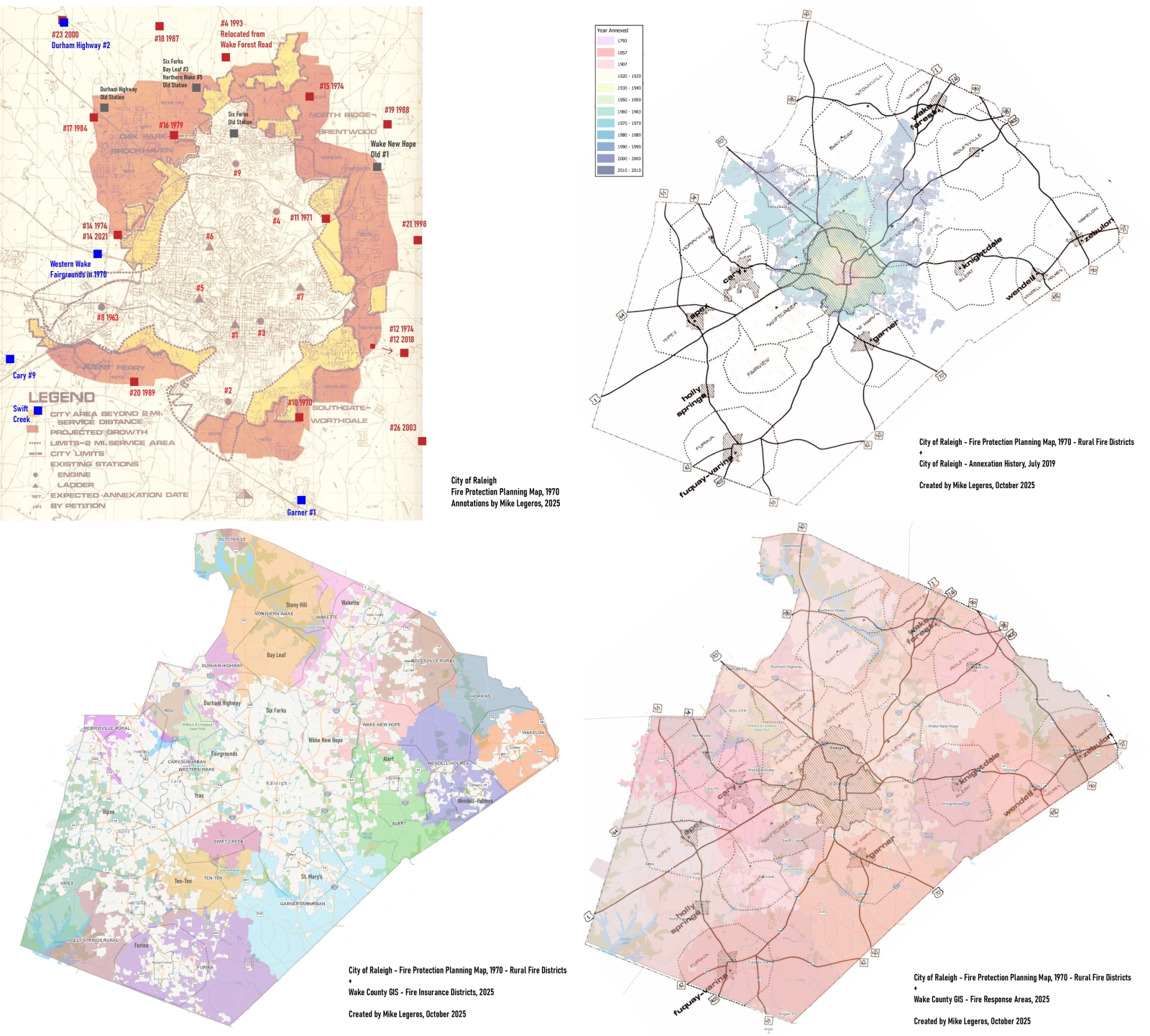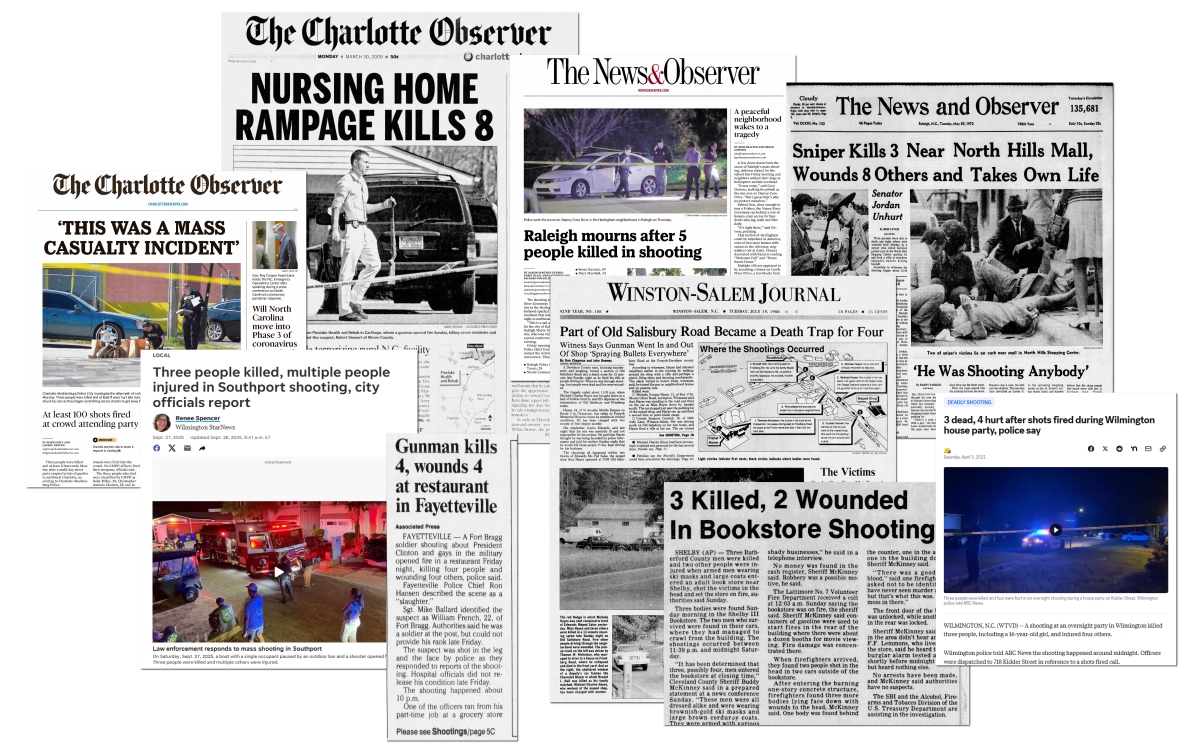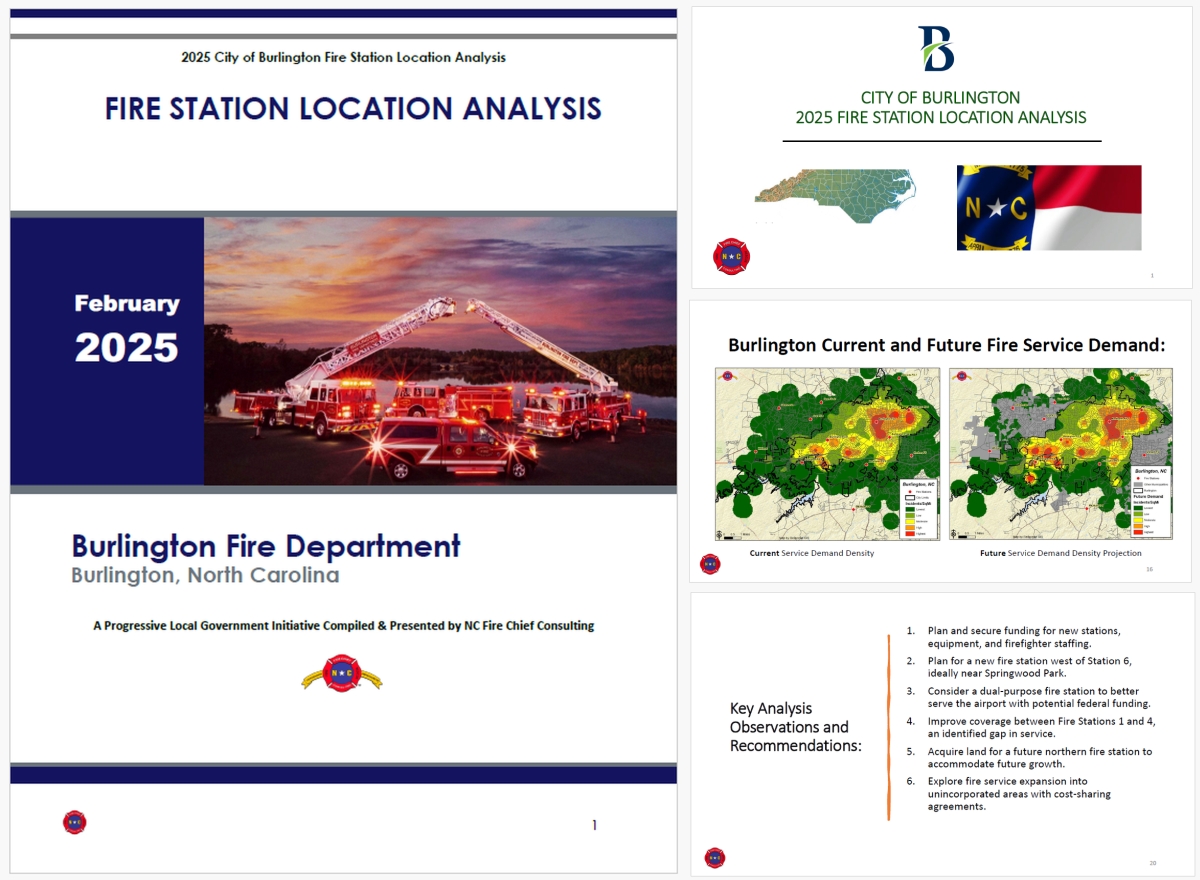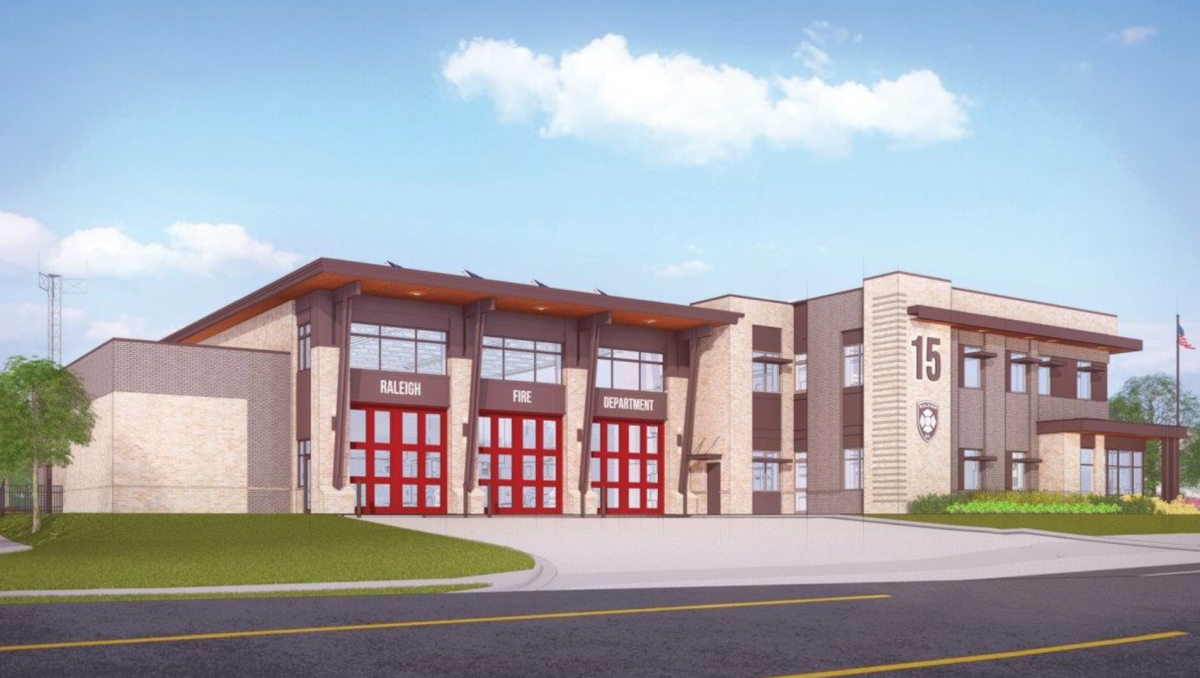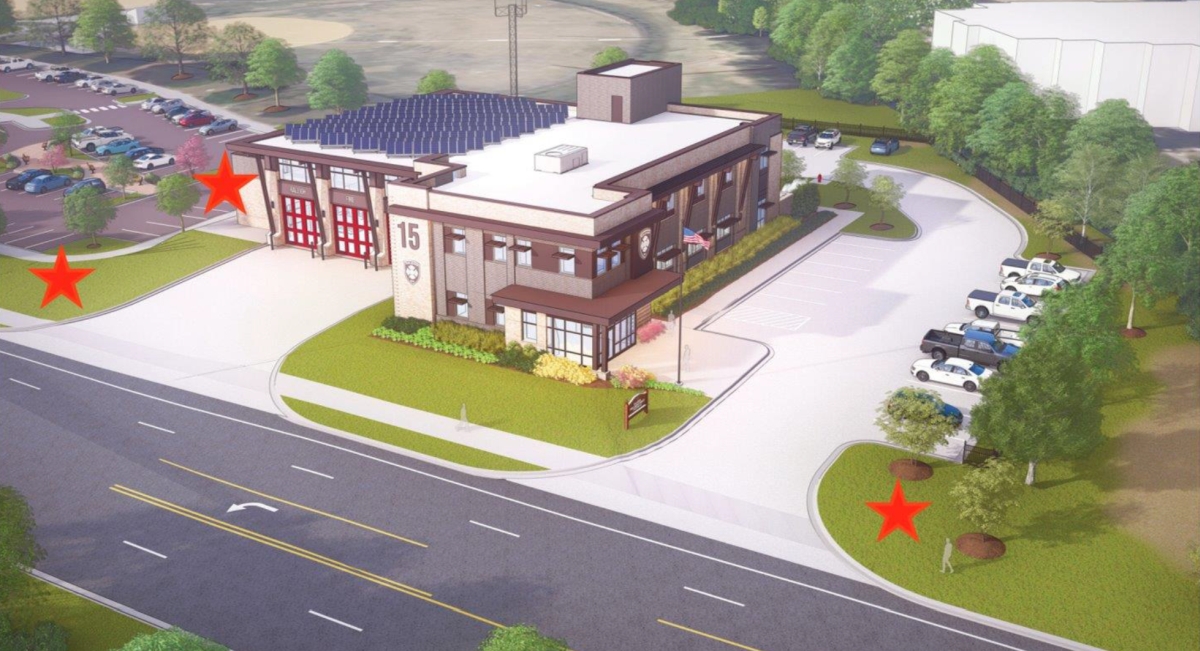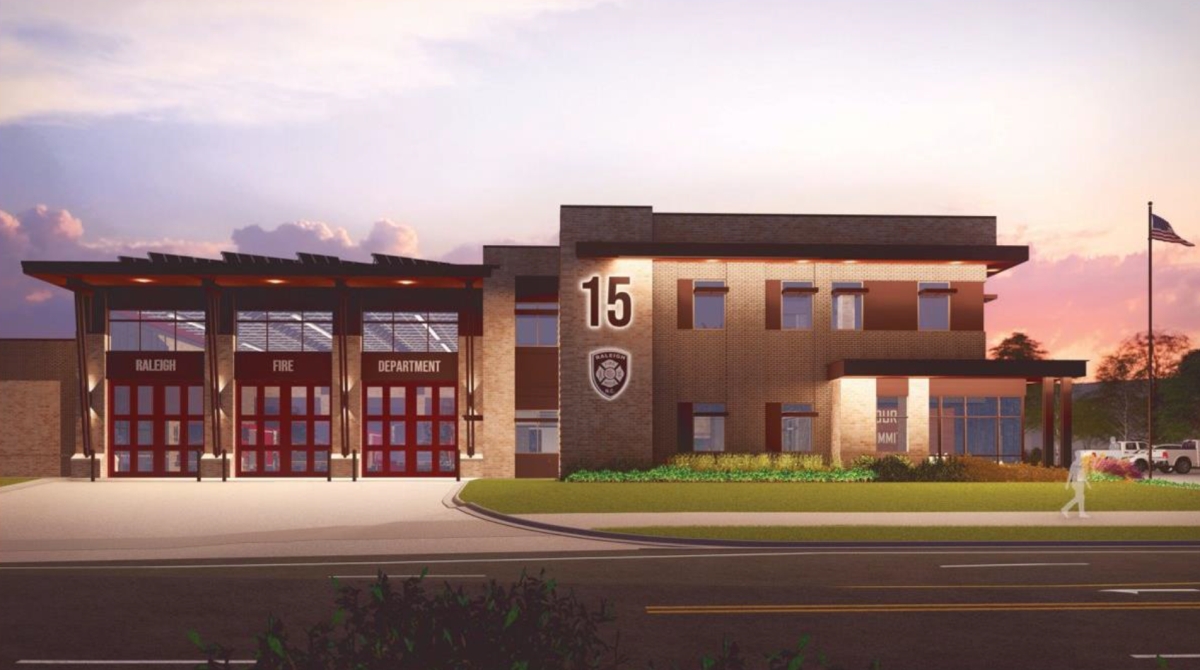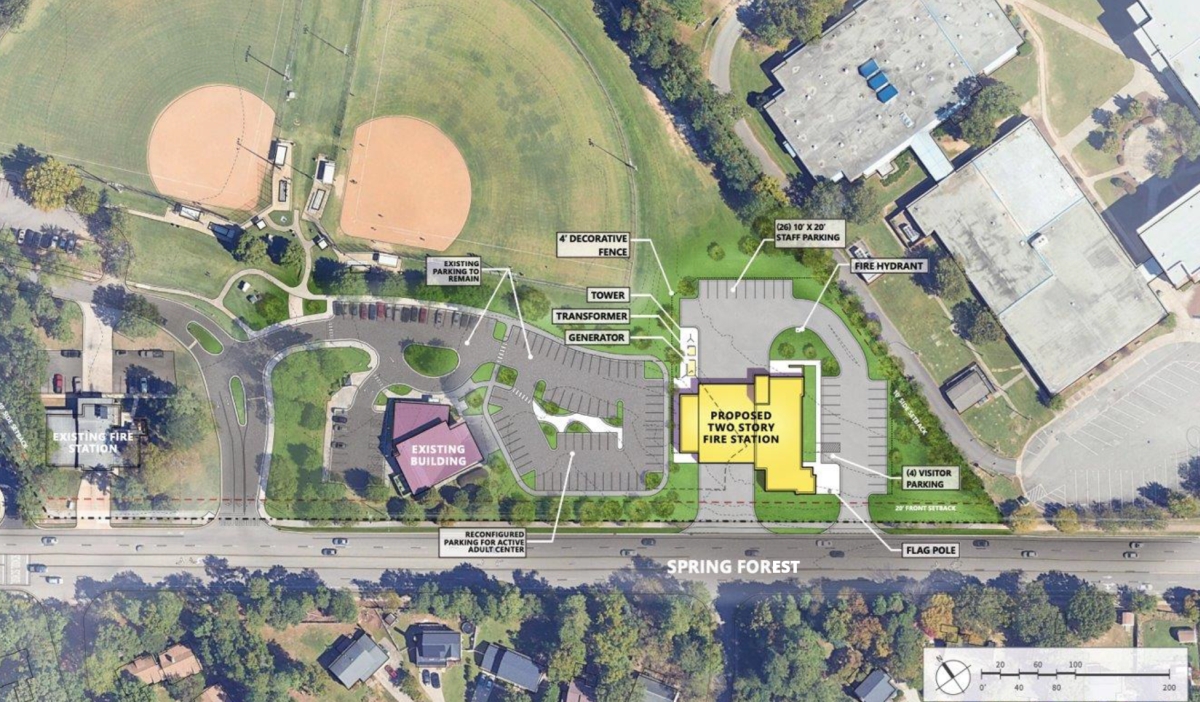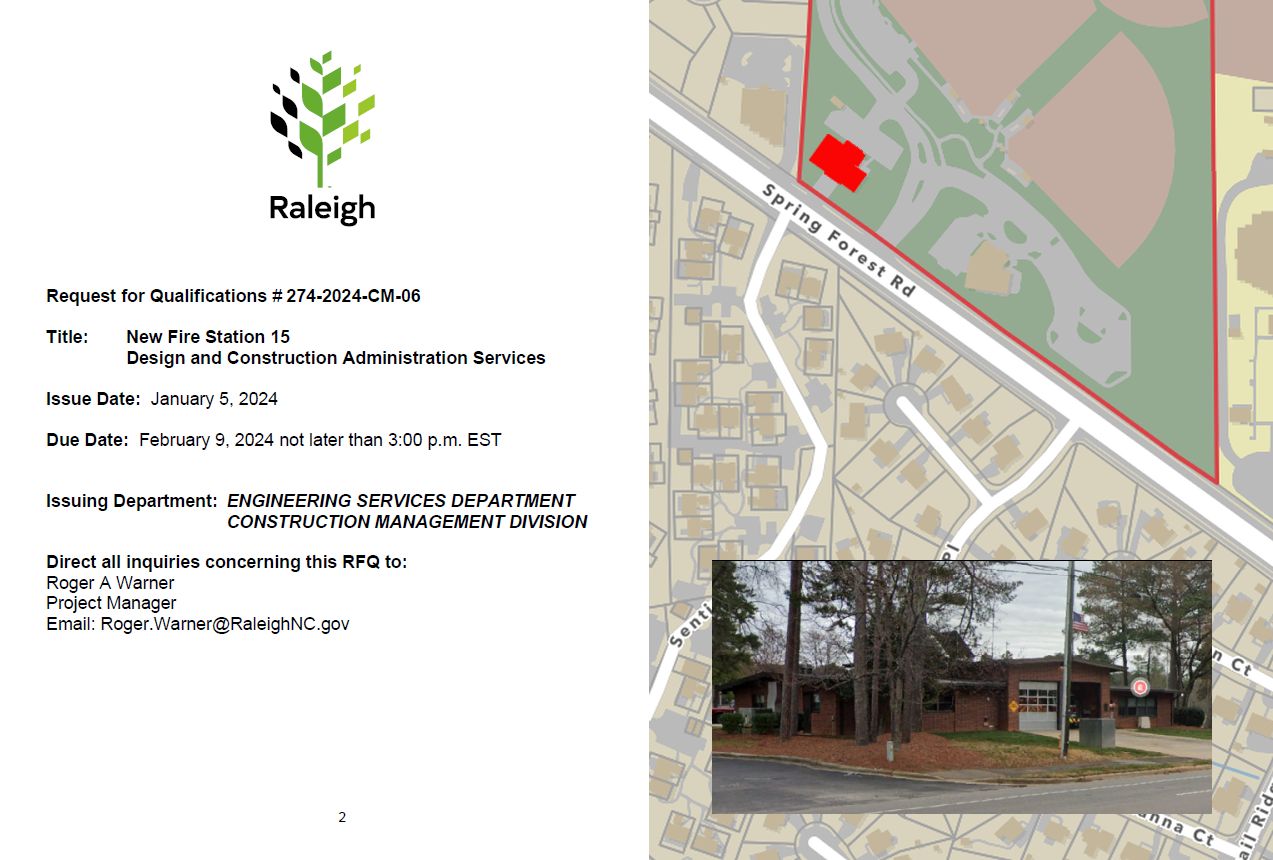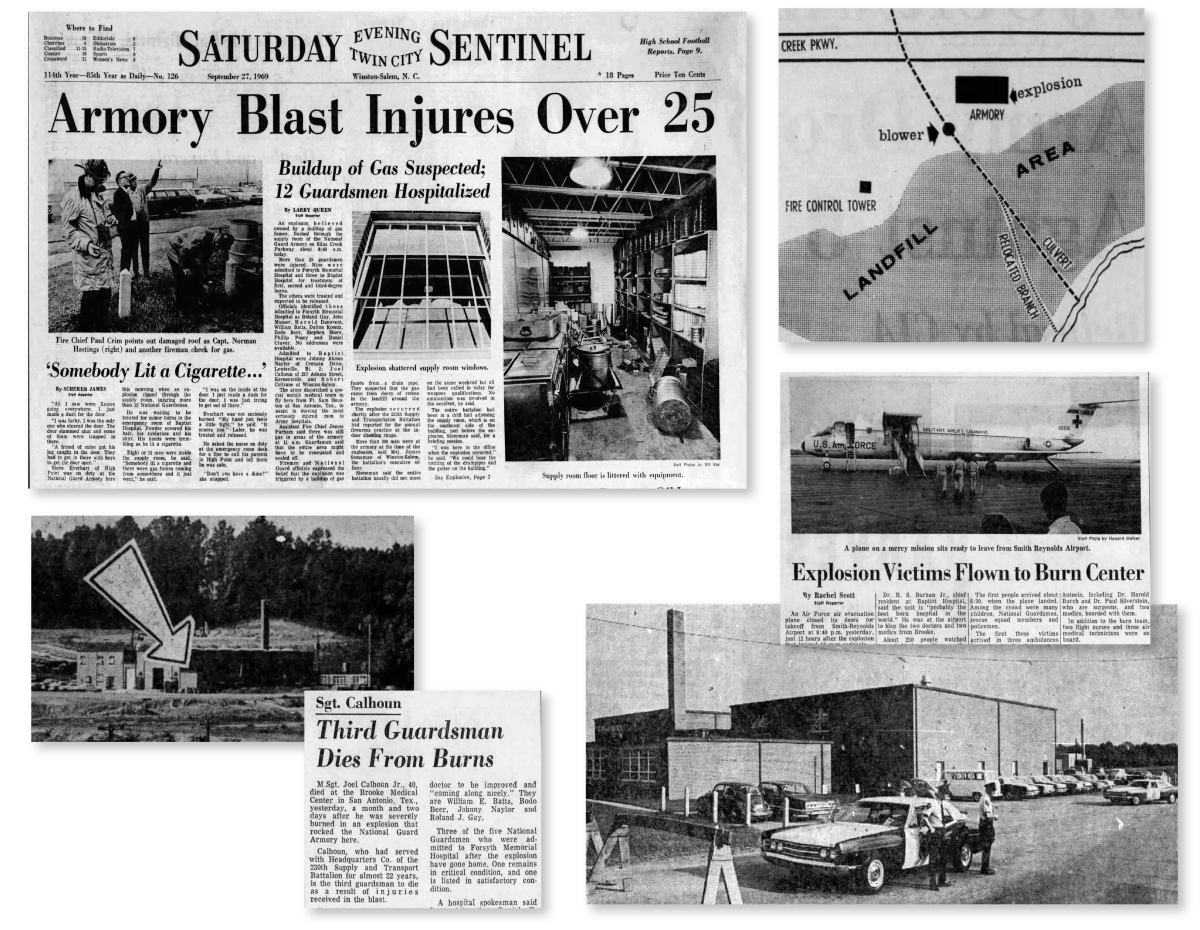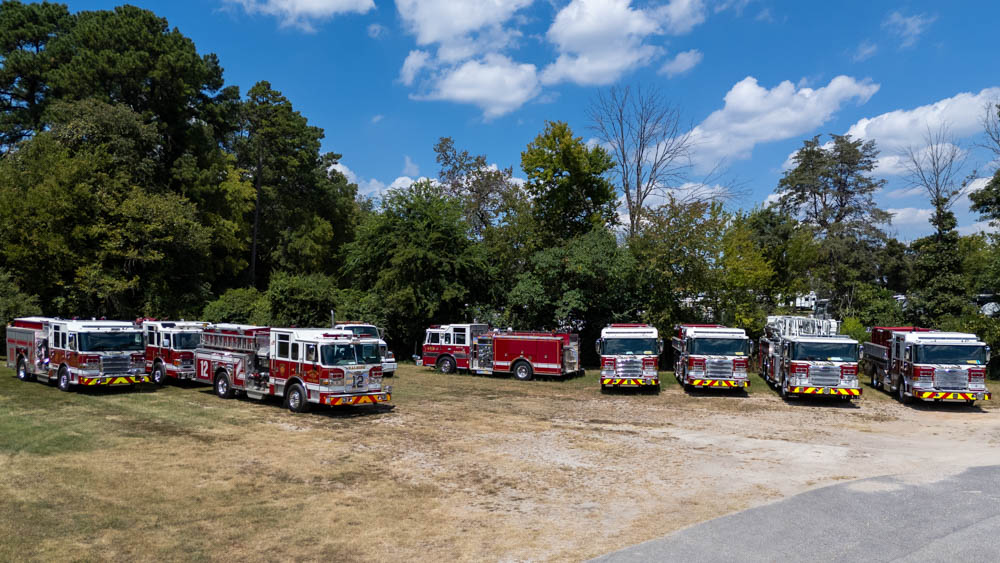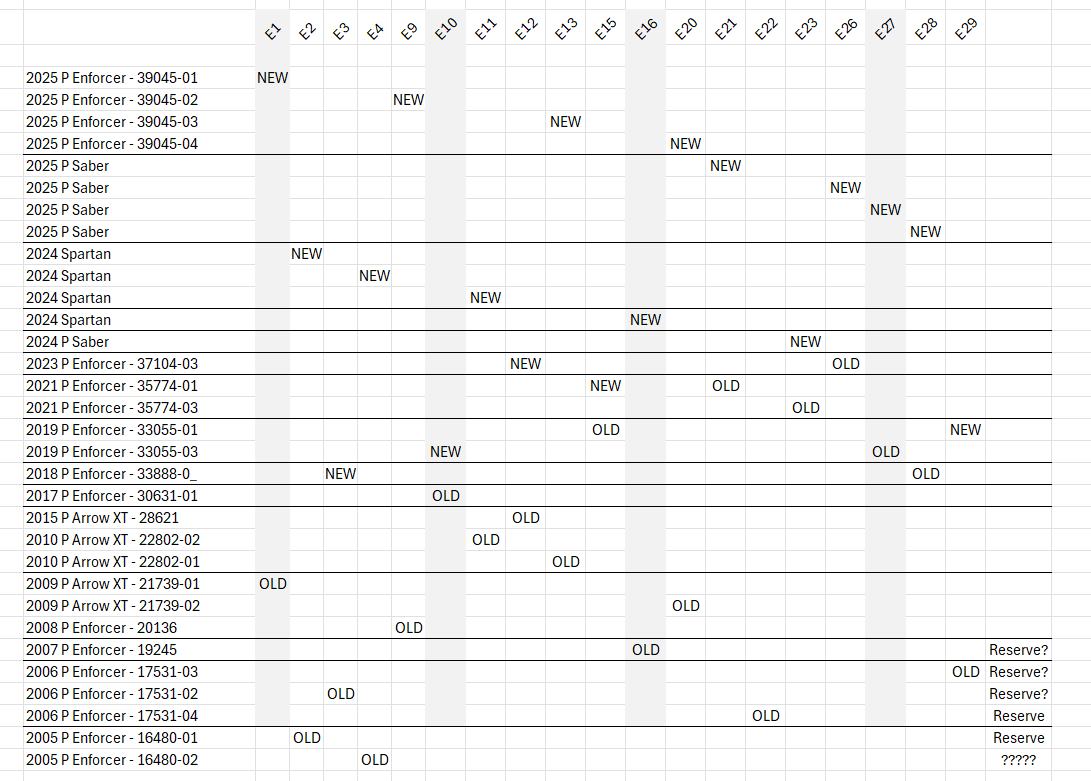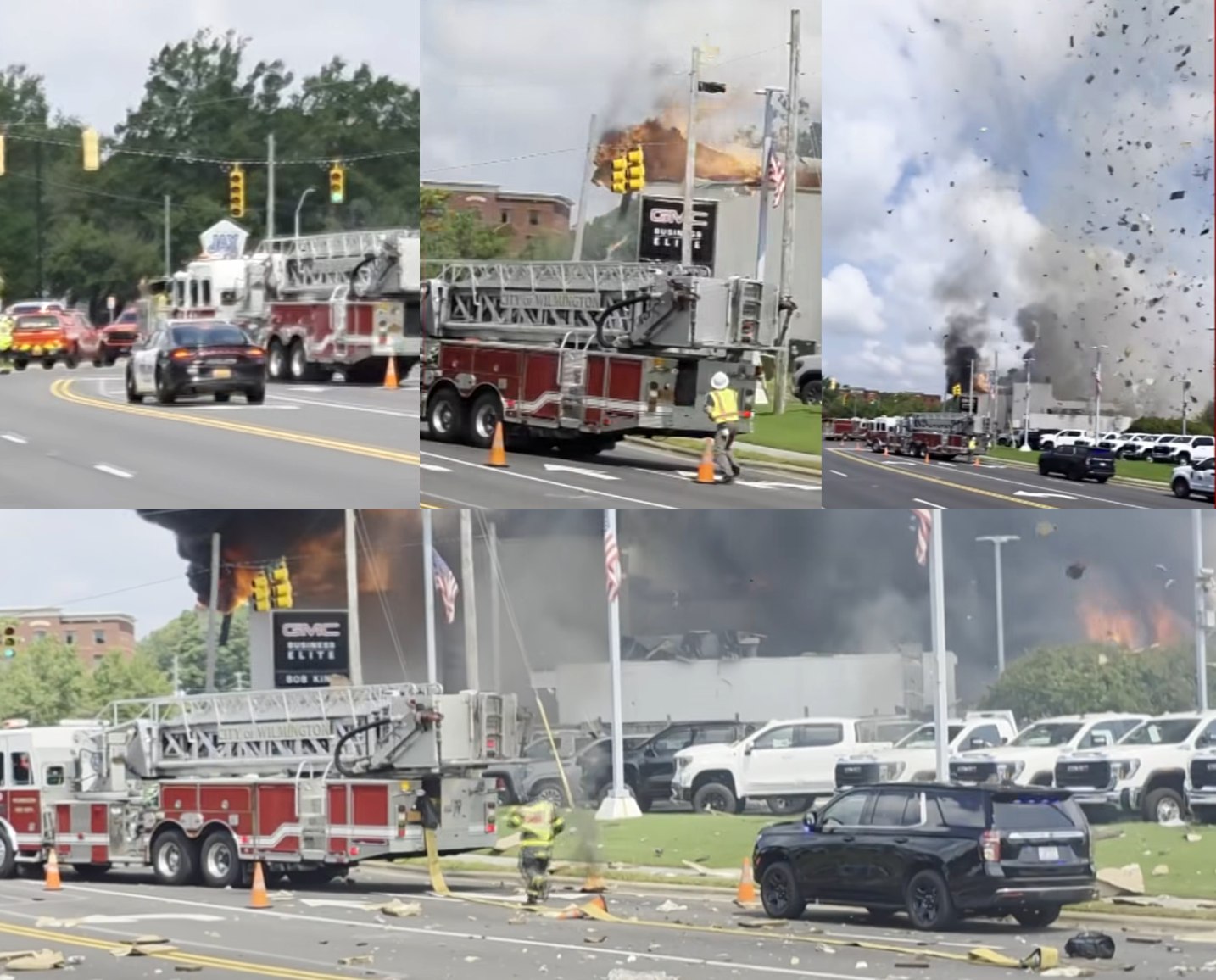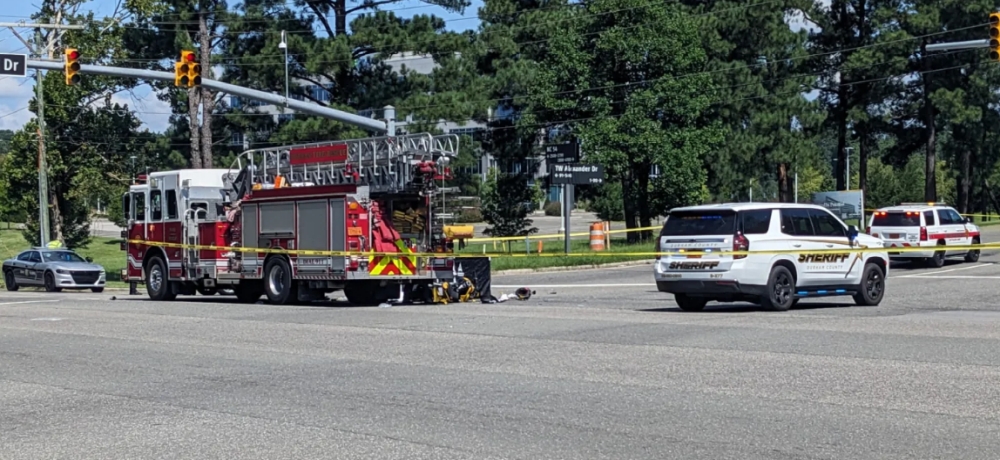This is a blog version of a Facebook posting from August 2025.
Not an old engine house. Located behind the Quorum Center on West Jones Street, this old building in downtown Raleigh is not a former fire station. However, that’s the story that some Raleigh-ites have heard over the years and decades.
That’s also what the News and Observer said about the building on June 12, 1971, which at the time was operating as a coffee house run by high school members of nearby Edenton Street United Methodist Church, located one block east. It was called the Ark, and it opened in April 1970. See article in comments.
“Noah had nothing to do with building this ark”
Noted the newspaper with that eye-catching headline, the old building was owned by the church and “may have been a garage or a fire station.” The Senior High Methodist Youth Fellowship members converted the building into a meeting space and coffee shops.
They raised money through donations from parishioners, knocked down brick walls, poured a cement floor, added bathrooms along with heating and air conditioning.
Local history hunter Heather Leah learned of the building last week and asked about its history in the Facebook group You know you grew up in Raleigh, North Carolina when… Here’s that posting
Respondents remembered the building’s history as the Ark as well as a later outreach ministries center. Others recalled the stories that it served a fire station during the horse-drawn era of the fire department.
The building had an upstairs section as well as a hole in the floor, which, as the story was told, was where a presumed fire pole was located. They recalled that when the church took ownership of the property in the 1960s, the hole was widened, and a railing was erected. This allowed those upstairs and downstairs to see each other.
But Was the Building Ever Used as a Fire Station?
Negative says Legeros, who is 99.9% sure that the building never ever served the Raleigh Fire Department, and notably not during the horse-drawn years, which ended soon after the volunteer fire department changed to the current career organization in 1912.
It more likely served as a carriage house, e.g. stables for horses and their wagons. Observe what looks like a beam over the second-story window, which would have been used to hoist hay bales for storage in a loft space. With floor openings to feed the horses by dropping hay onto the first floor.
Another clue is the sharp A-frame roof, which would have been ill-suited to bedrooms and other second floor living quarters for the firemen.
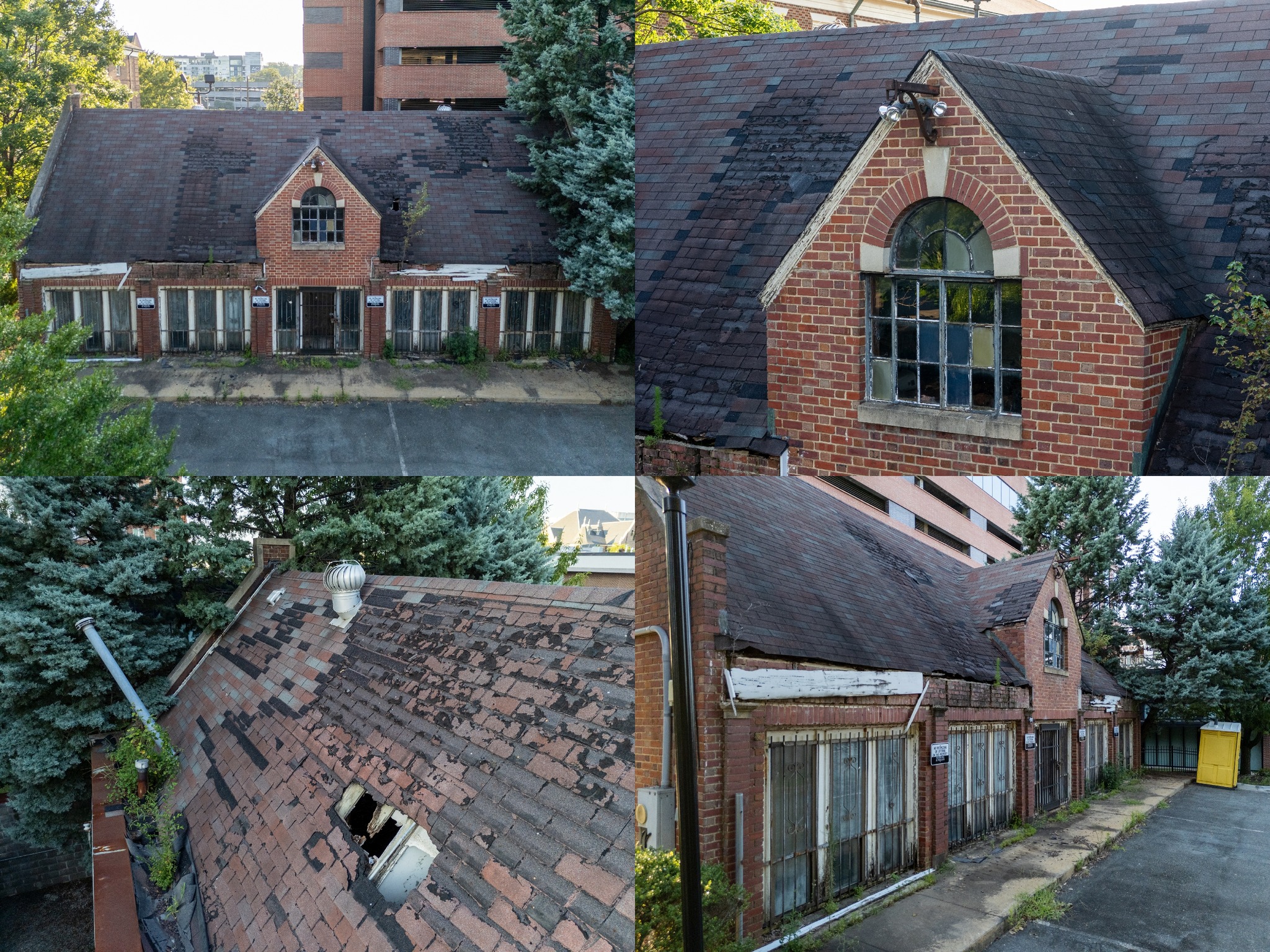 Mike Legeros photos, August 2025
Mike Legeros photos, August 2025
The strongest evidence that the building isn’t a former fire station is the absence of any written citations in the dozens (hundreds?) of historical records that Legeros has combed since the early 2000s.
For example, wasn’t noted in the fire department annual reports[1], nor listed in the city directory listings[2], nor shown in Sanborn Fire Insurance Maps[3]. Nor in newspaper articles, nor in research and writings of earlier historians, like Elizabeth Reid Murray.
[1] legeros.com/ralwake/raleigh/history/reports/annual-reports
[2] digitalnc.org/collections/city-directories
[3] flickr.com/photos/raleighfiremuseum/albums/72157687720558482
That’s our interpretation of the building and its history, as cited and observed thus far. But let’s add one disclaimer. No, we’re not 100% certain that the building never ever and ever never housed a horse-drawn “fire wagon.” We’d need a time machine for that degree of verification.
In the aforementioned history posting[4], one of the respondents recalls its history as a “carriage house for some of the large old houses along Edenton Street.” That seems the best explanation.
[4] https://www.facebook.com/share/p/1Nb5mMkZBc
Where to find documentation of the building’s history? Digital Sanborn Maps[5] are a good, go-to start. We’ve browsed through them but haven’t yet found anything other than an unlabeled drawing of the building.
[5] https://guides.lib.unc.edu/historicalmaps/sanborn
Digitized deeds and property maps are the next step, via the Wake County web site.
Props to Heather for re-finding the building and starting the conversations to re-learn about its history.
Learn More About Raleigh’s Former Fire Stations
Here’s a page with all known/documented volunteer-era fire station locations.
Here’s a visual history and map. (PDF)
See a Scary Amount of Raleigh Fire History
Here’s our master page of all things hysterically historical about RFD.
